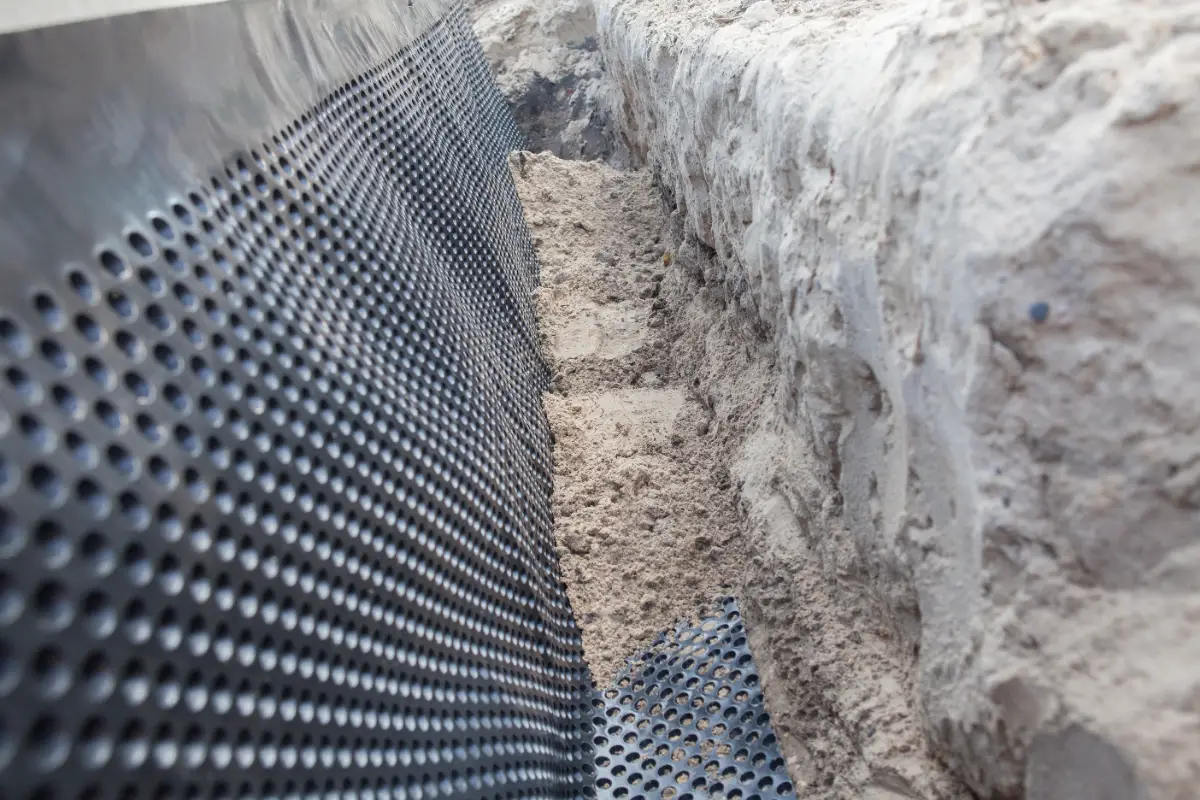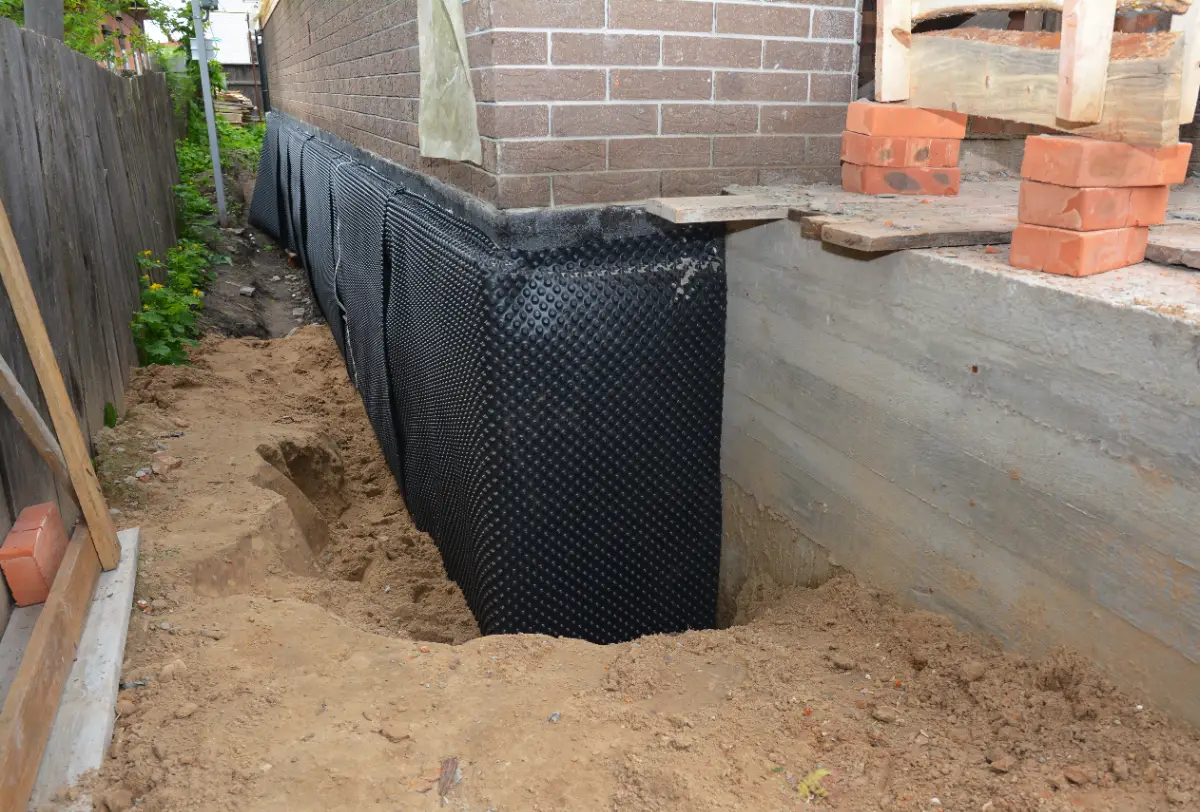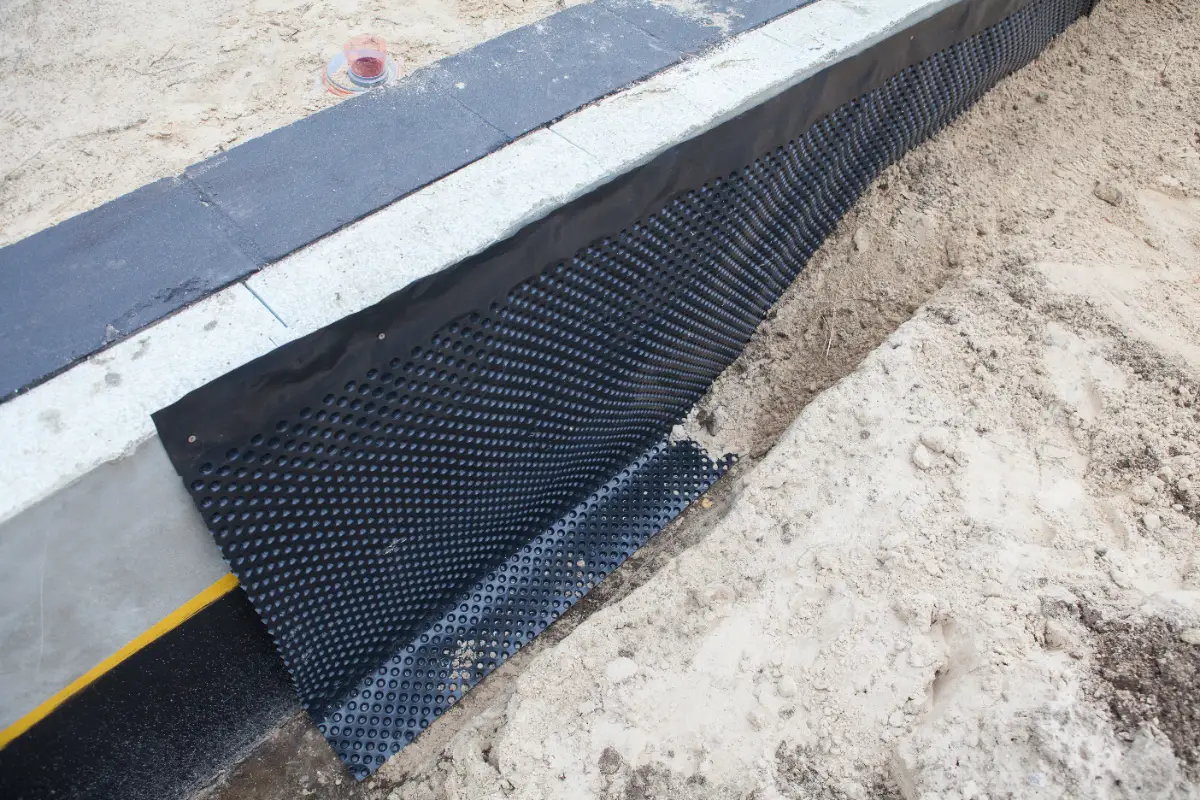Basement Waterproofing in Poquott, NY
Dry Basements That Stay Dry
Stop worrying about the next storm and start using your basement again with waterproofing that actually works.

Hear About Us

Waterproofing Services Poquott NY
You know that feeling when you head downstairs after a heavy rain, dreading what you might find. The musty smell hits you first, then you see it – water where it shouldn’t be, threatening everything you’ve stored down there.
Here’s what changes when your basement is properly waterproofed. You walk downstairs without that knot in your stomach. Your finished basement stays finished. Your storage stays dry. That musty smell disappears because moisture can’t get in to begin with.
Your basement becomes usable space again – not just a place where you hope your stuff survives the next storm. And when it comes time to sell, you’re not explaining away water stains or making excuses about “minor moisture issues.”
Basement Waterproofing Company Poquott
At Diamond Masonry & Waterproofing LLC, we handle both sides of your basement’s protection – the masonry work that builds a solid foundation and the waterproofing that keeps water out for good. We’ve been working on Long Island properties long enough to know exactly why basements leak here and how to fix them permanently.
Most waterproofing problems we see aren’t from dramatic floods – they’re from Long Island’s high water table, settling foundations, and the way water moves through our soil. We’ve seen every type of basement common in Nassau County, from old stone foundations to newer poured concrete.
When we assess your basement, we’re looking at the whole picture – not just where water is getting in, but why it’s getting in and how to stop it from happening again.

Basement Waterproofing Process Poquott
First, we figure out exactly where water is entering and why. This isn’t guesswork – we inspect your foundation walls, check grade levels around your home, and identify the specific points where water finds its way in. Every basement is different, and cookie-cutter solutions don’t work.
Next, we determine whether you need interior waterproofing, exterior waterproofing, or both. Interior systems handle water that’s already trying to get in by directing it away from your basement. Exterior waterproofing stops water before it reaches your foundation walls. Sometimes you need both approaches working together.
Then we get to work with the right materials for your specific situation. This might mean sealing foundation cracks, installing drainage systems, applying waterproof membranes, or addressing grading issues that are directing water toward your foundation. We handle both the waterproofing and any masonry repairs needed to make sure everything works together properly.

Ready to get started?
Explore More Services
About Diamond Masonry & Waterproofing
Get a Free Consultation
Waterproofing Solutions Poquott NY
You get a complete assessment that identifies not just where water is getting in, but why it’s happening and what needs to be done to stop it permanently. We don’t just treat symptoms – we fix the underlying problems that cause basement water issues.
Our waterproofing services include both interior and exterior solutions depending on what your basement needs. Interior basement waterproofing involves drainage systems and sealers that handle water trying to come through foundation walls. Exterior basement waterproofing means waterproof membranes and drainage that stop water before it reaches your foundation.
We also handle the masonry side – foundation crack repair, repointing, and any structural work needed to support the waterproofing. This is important because waterproofing only works when it’s applied to a sound foundation. You’re not juggling multiple contractors or hoping different trades coordinate properly.

Should I waterproof my basement from the inside or outside?
How long does basement waterproofing last?
Will waterproofing my basement prevent mold?
How much does basement waterproofing cost in Poquott?
Can I waterproof my basement myself?
What's the difference between waterproofing and damp-proofing?
Local Resources
- Google Map Link
- Find the Poquott, NY USPS
- Locate Nearby Poquott, NY Pharmacies
- View the Current Weather in Poquott, NY
- Poquott, NY is located in Suffolk county in New York State